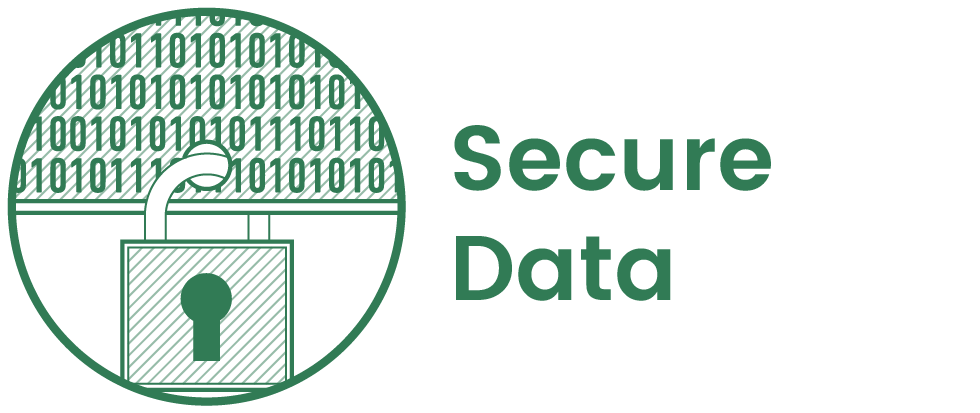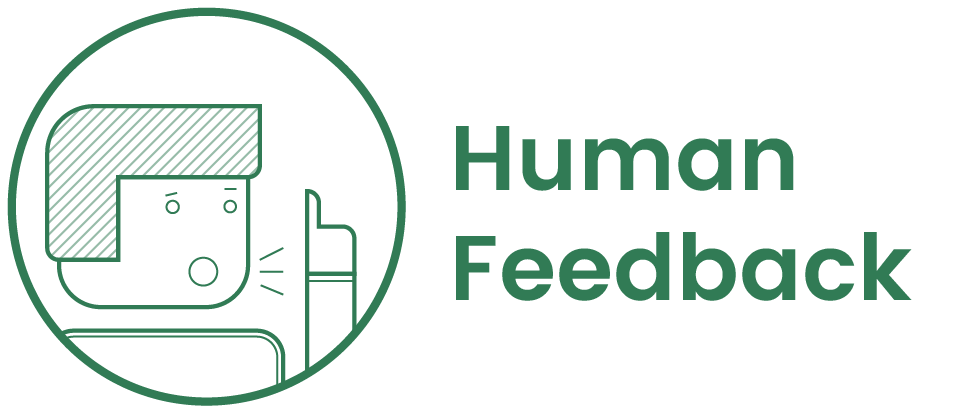Smart Cyber-Physical Systems
To enable an eco-system of companies to collaborate in building complex distributed "intelligent" systems.
Lorem ipsum dolor sit amet, sapien platea morbi dolor lacus nunc, nunc ullamcorper. Felis aliquet egestas vitae, nibh ante quis quis dolor sed mauris. Erat lectus sem ut lobortis, adipiscing ligula eleifend, sodales fringilla mattis dui nullam. Ac massa aliquet.
Areas of innovation Bonseyes Marketplace is an open and expandable platform. It supports scenarios where data must remain in the data provider’s premises and online learning with distributed CPSs (cyber-physical systems). In contrast to existing solutions, it keeps human actors in the loop by allowing for continuous feedback for evaluating the performance of the models and obtaining metadata about context and the users’ perspectives.



Deep Learning Toolbox
The Deep Learning Toolbox will extend existing open source deep frameworks to provide a set of components that are tailored for embedded, constrained, distributed systems operating in real environments with power, memory, and speed constraints.
It will move deep learning research from predictive performance of large scale centralised models to cost-sensitive, distributed, sparse satisficing models that are robust to changes in data environments and real-life dirty data scenarios. The toolbox will provide functions and interfaces to measure accurately the true cost of running a given model on a given target platform.
The toolbox for deep learning in embedded systems will enhance existing standardised middleware packages (e.g. Tensorflow) that are not tailored for most embedded architectures.
It will move deep learning research from predictive performance of large scale centralised models to cost-sensitive, distributed, sparse satisficing models that are robust to changes in data environments and real-life dirty data scenarios. The toolbox will provide functions and interfaces to measure accurately the true cost of running a given model on a given target platform.
The toolbox for deep learning in embedded systems will enhance existing standardised middleware packages (e.g. Tensorflow) that are not tailored for most embedded architectures.
Heterogeneous Computing
Bonseyes will support multiple Universal Developer Reference Platforms with pre-integrated middleware via open source and vendor packages. Support for a wide array of Multicore CPU-based platforms, GPUs (graphics processing units), VPUs (vector processing units), and DSPs (digital signal processors) without the need for time consuming and specialized engineering development.





